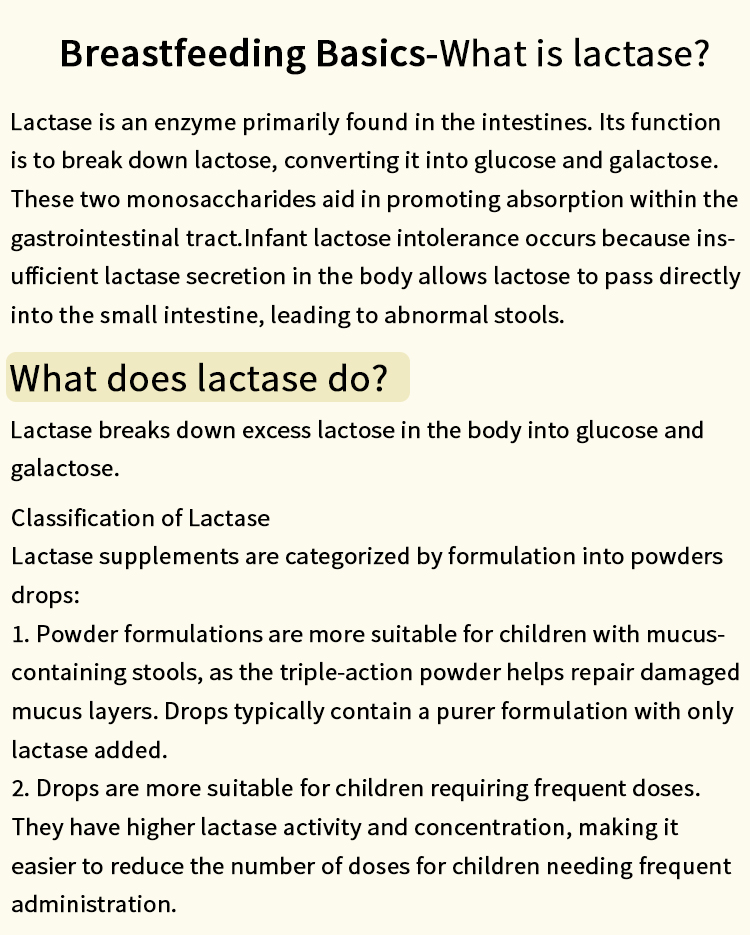
Industrial safety is a critical aspect of any workplace, ensuring the well-being of employees and the smooth operation of businesses. In this blog post, we will explore the concept of industrial safety, its importance, and how it can be effectively implemented to create a secure and productive work environment.
- Understanding Industrial Safety:
Industrial safety refers to the management and prevention of hazards, risks, and accidents in industrial settings. It encompasses various aspects, including physical safety, occupational health, emergency preparedness, and compliance with safety regulations. By prioritizing industrial safety, organizations can protect their employees, minimize workplace incidents, and maintain a positive reputation. - The Importance of Industrial Safety:
Industrial safety is crucial for several reasons:
a. Employee Well-being: Ensuring the safety of employees is not only a legal and ethical responsibility but also promotes a positive work culture. By providing a safe environment, organizations can enhance employee morale, job satisfaction, and retention.
b. Accident Prevention: Industrial accidents can lead to severe injuries, loss of life, property damage, and financial losses. Implementing robust safety measures helps prevent accidents, reducing human suffering and financial burdens.
c. Legal Compliance: Governments and regulatory bodies have established safety standards and regulations to protect workers. Adhering to these regulations is essential to avoid legal consequences, penalties, and damage to the organization's reputation.
d. Productivity and Efficiency: A safe work environment fosters productivity and efficiency. When employees feel secure, they can focus on their tasks without distractions or fear, leading to improved performance and higher quality output.
- Key Elements of Industrial Safety:
a. Risk Assessment: Identifying potential hazards and evaluating risks is the first step in ensuring industrial safety. This involves conducting thorough inspections, analyzing processes, and implementing measures to mitigate risks.
b. Training and Education: Proper training and education are vital to equip employees with the knowledge and skills necessary to identify and respond to safety hazards. Regular training sessions should cover topics such as emergency procedures, proper equipment usage, and hazard recognition.
c. Safety Equipment and Tools: Providing appropriate safety equipment and tools is essential for protecting employees. This includes personal protective equipment (PPE), safety signage, fire extinguishers, and emergency response systems.
d. Safety Policies and Procedures: Establishing comprehensive safety policies and procedures helps create a culture of safety within the organization. Clear guidelines should be in place for reporting incidents, conducting safety audits, and addressing safety concerns.
e. Continuous Improvement: Industrial safety is an ongoing process that requires continuous improvement. Regular evaluations, feedback mechanisms, and safety audits help identify areas for improvement and ensure that safety measures remain effective.
Conclusion:
Industrial safety is a critical aspect of any organization, ensuring the well-being of employees and the smooth operation of businesses. By prioritizing industrial safety through risk assessment, training, proper equipment, and robust policies, organizations can create a secure and productive work environment. Remember, investing in industrial safety is not only a legal obligation but also a strategic decision that benefits both employees and the organization as a whole.



